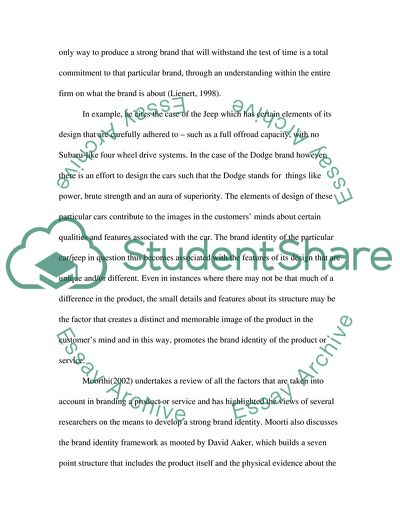Cite this document
(Automotive Structures and Body Design Coursework, n.d.)
Automotive Structures and Body Design Coursework. https://studentshare.org/technology/1708435-automotive-structures-and-body-design
Automotive Structures and Body Design Coursework. https://studentshare.org/technology/1708435-automotive-structures-and-body-design
(Automotive Structures and Body Design Coursework)
Automotive Structures and Body Design Coursework. https://studentshare.org/technology/1708435-automotive-structures-and-body-design.
Automotive Structures and Body Design Coursework. https://studentshare.org/technology/1708435-automotive-structures-and-body-design.
“Automotive Structures and Body Design Coursework”. https://studentshare.org/technology/1708435-automotive-structures-and-body-design.


